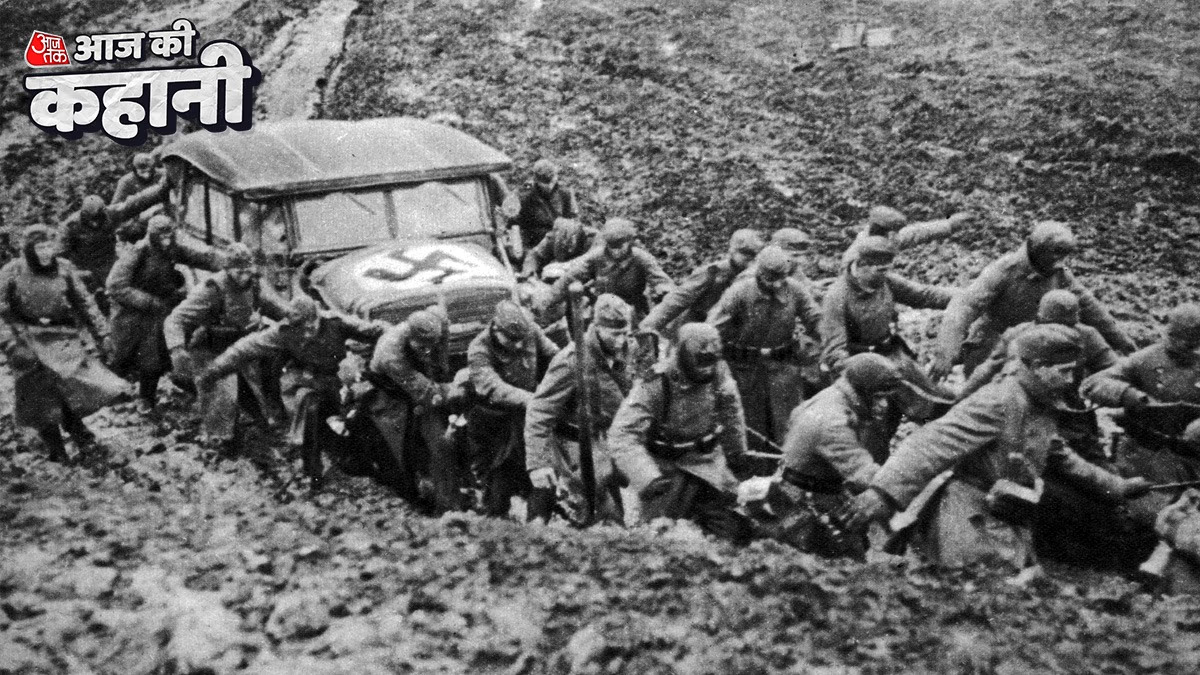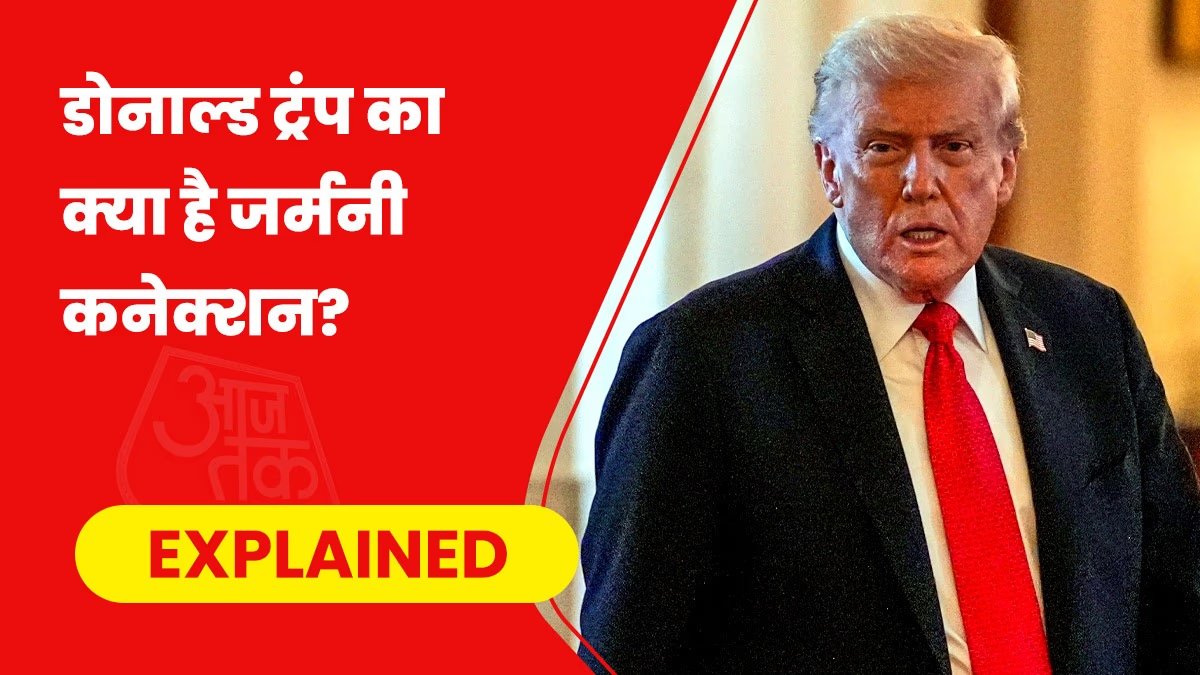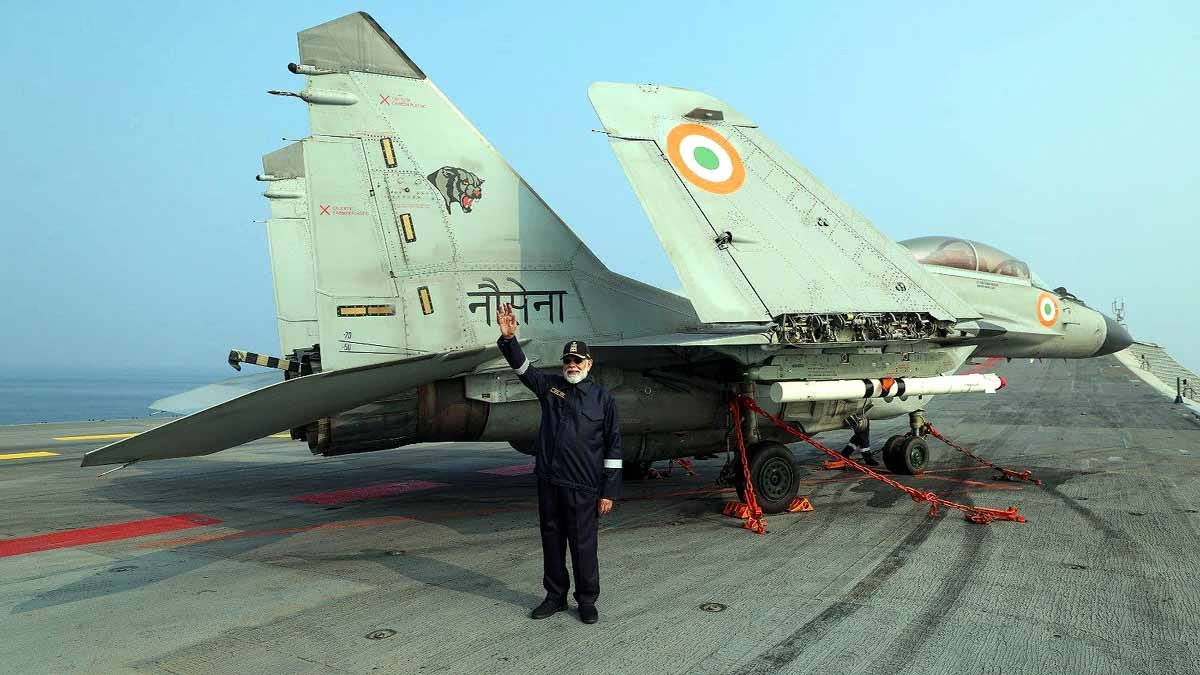On October 2, 1941, Operation Typhoon commenced. It was a critical military campaign led by Hitler, with German forces launching an assault on Moscow upon Hitler's command. After two months of battle, his forces were compelled to retreat, marking the failure of Operation Typhoon. The pressing question is why Operation Typhoon failed despite Germany's prospects of triumph seeming imminent?
The Battle of Moscow, named Operation Typhoon, began on October 2, 1941. It represented a strategically critical confrontation along the Eastern Front's 600 km (370 miles) stretch, occurring from October 1941 to January 1942 during World War II. This campaign had two phases and was significant for the Soviet defensive efforts thwarting Hitler’s ambition to capture Moscow, the Soviet Union's heart.
During Operation Barbarossa, Hitler had declared his intention to capture Moscow within four months. On June 22, 1941, German troops launched an assault on the Soviet Union, employing the blitzkrieg strategy involving simultaneous air attacks, tank offensives, and infantry advances. This approach allowed Hitler's forces to penetrate deep into Soviet territory.

Source: aajtak
The German Army's North Group moved towards Leningrad, the South Group took control of Ukraine, and the Center Group advanced towards Moscow. By July 1941, the Center Group had crossed the Dnieper River en route to Moscow. On July 16, 1941, the Germans captured the vital stronghold of Smolensk on the path to Moscow. Despite reaching this point, Hitler underestimated Moscow's defenses and attacked cities he presumed held Soviet resources.
In a bid to mitigate risks and secure Ukrainian resources, Hitler commanded assaults to the north and south against Soviet forces in Leningrad and Kyiv. This strategy delayed the German advance on Moscow. As summer waned, Hitler refocused on Moscow, entrusting the Central Army Group with the task. By September 30, 1941, preparations for the Moscow assault and the formulation of Operation Typhoon were underway, leading to its launch on October 2, 1941.

Source: aajtak
Hitler's army had invaded the Soviet Union in June. Initially, the offensive maintained a steady momentum within Russian territory. The first setback occurred in August when Soviet tanks drove the Germans back from the Yelnya Salient. At that time, Hitler reportedly remarked to General Bock, "Had I known they had such an abundance of tanks, I would have reconsidered before launching an assault." Nevertheless, for Hitler, there was no turning back - victory awaited where others had failed, and he yearned to conquer Moscow.
Warnings About Russia's Harsh Winter Went Unheeded
Some German generals reportedly warned Hitler against launching Operation Typhoon due to Russia's unforgiving winter having already set in. Yet, General Bock encouraged perseverance following the German capture of Kyiv in late September. Hitler declared, "The enemy is broken and will not rise again," prompting the October 2 launch of the ten-day Operation Typhoon intended to capture Moscow, which loomed ever closer to Soviet dominion.
Military Strengths on Each Side
Germany was reported to have three infantry armies prepared for Operation Typhoon, alongside between 1,000 and 2,470 tanks and 14,000 guns. However, their air power had been significantly depleted over the summer campaign, with the Luftwaffe having lost 1,603 aircraft and sustained damage to 1,028 more, leaving only 549 serviceable planes by Operation Typhoon's onset. Hitler's forces faced three Soviet fronts, while the Soviet Air Force suffered heavy losses ranging from 7,500 to 21,200 aircraft.
Moscow Transformed into an Arsenal
Rapid fortification efforts were made in Moscow, with 250,000 women and teenagers constructing trenches and anti-tank defenses around the city, moving approximately three million cubic meters of earth manually. Moscow's factories transitioned to war production; a car factory manufactured submachine guns, a clock factory produced mine detonators, and a chocolate factory shifted to food production for the front lines.
Moscow Within German Tank Range
Automotive repair stations commenced repairs on damaged tanks and military vehicles. Despite these preparations, Moscow lay within striking distance of German tanks. The Luftwaffe conducted extensive air raids against the city, yet limited damage resulted thanks to robust anti-aircraft defenses and effective civilian firefighting units.
The Harsh Winters of 1941-42 Surpassed by No Other in the Twentieth Century
German troops, inadequately equipped for relentless cold and utilizing gear not designed for such temperatures, endured over 130,000 cases of frostbite. Frozen grease had to be removed from each shell before use, and vehicles required hours of heating prior to operation. Although the extreme cold affected Soviet troops too, they were better prepared, often wearing Soviet apparel and footwear superior to that of the Germans.
The German Assault on Moscow Faltered...
A German military officer reported the failure of Moscow's assault, acknowledging the underestimation of enemy strength, size, and climate. Fortunately, he halted his troops on December 5 to avoid catastrophe. German intelligence incorrectly assumed the Soviets lacked reserve forces, rendering a counter-offensive impossible.
Upon learning that Imperial Japan had no imminent plans to invade the USSR, Stalin relocated 18 divisions, 1,700 tanks, and over 1,500 aircraft from Siberia and the Far East. The Red Army amassed a 58-division reserve by early December, prompting Stalin's approval of their deployment. Yet, despite new reserves, the Soviet forces committed to the operation tallied only 1,100,000 men.
By December 5, 1941, a counteroffensive had launched from the Kalinin Front to "eliminate the immediate threat to Moscow," followed by assaults from the Southwestern and Western Fronts the next day. Over several days of conflict, Soviet forces retook Solnechnogorsk on December 12 and Klin by December 15.
Today's Notable Events
October 2 marks the birth of the Father of the Nation, Mohandas Karamchand Gandhi, celebrated as Gandhi Jayanti and International Day of Non-Violence.
It also coincides with the birthday of former Prime Minister Lal Bahadur Shastri. National Agricultural Animal Day In honor of Gandhi's respect for animals, National Agricultural Animal Day is also observed.




